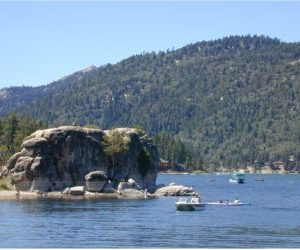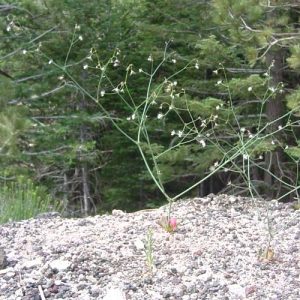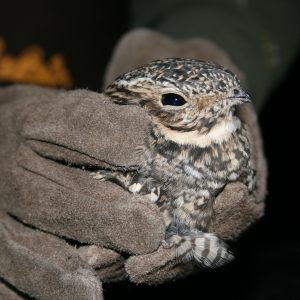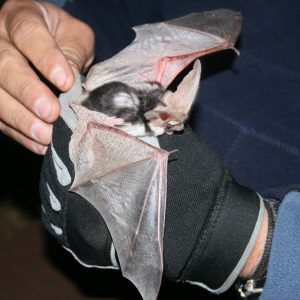After a fun and educational week at the Grand Canyon, it was time again to return to seed collecting in the Mojave desert. The July heat is causing plants to crisp up, and my team has been scrambling to collect the remaining seed off of browned out plants before all of it falls to the ground.
As the field season progresses, I find myself working on a number of new projects in new places. I’ve had the pleasure of doing botany at high elevations in the San Bernardino National Forest, where I have been working with other botanists at the Rancho Santa Ana Botanic Garden doing rare plant surveys and collecting vouchers for the herbarium. Not only have my forest adventures introduced me to a whole new flora, but I’ve also been enjoying summer temperatures in the mid 80’s, about 20 degrees cooler than the sweltering desert heat. Our field teams up in the San Bernardinos have been working in areas that were previously under collected or not surveyed at all, and we’ve been rewarded with sightings of a whole host of sensitive and endangered plants. This week my field team found a thousand plus population of the rare plant Oxytheca parisii var. parishii which, according to my mentor, was the largest population of the plant she had ever seen.
- A view of the San Bernardino National Forest from Big Bear Lake
- Oxytheca parishii var. parishii, a rare plant
Besides all of the interesting botany I’ve been doing here, I’ve also been immersing myself in Southern California cuisine. The abundance of fresh fruit and vegetables has made cooking a fun and delicious enterprise. Avocado season is now upon us, and I’ve been perfecting my guacamole recipe. The key is to use plenty of cilantro and to cut out the stems to avoid a bitter taste. I’ve also been frequenting the Mexican food restaurants in the Claremont area and out in the desert and have had my fill of giant quesadillas and carne asada burritos. As my internship winds down, I’m starting to think about my future and would absolutely love to stay right here in California.
-Andrew Monks, Rancho Santa Ana Botanic Garden, Claremont, CA



















